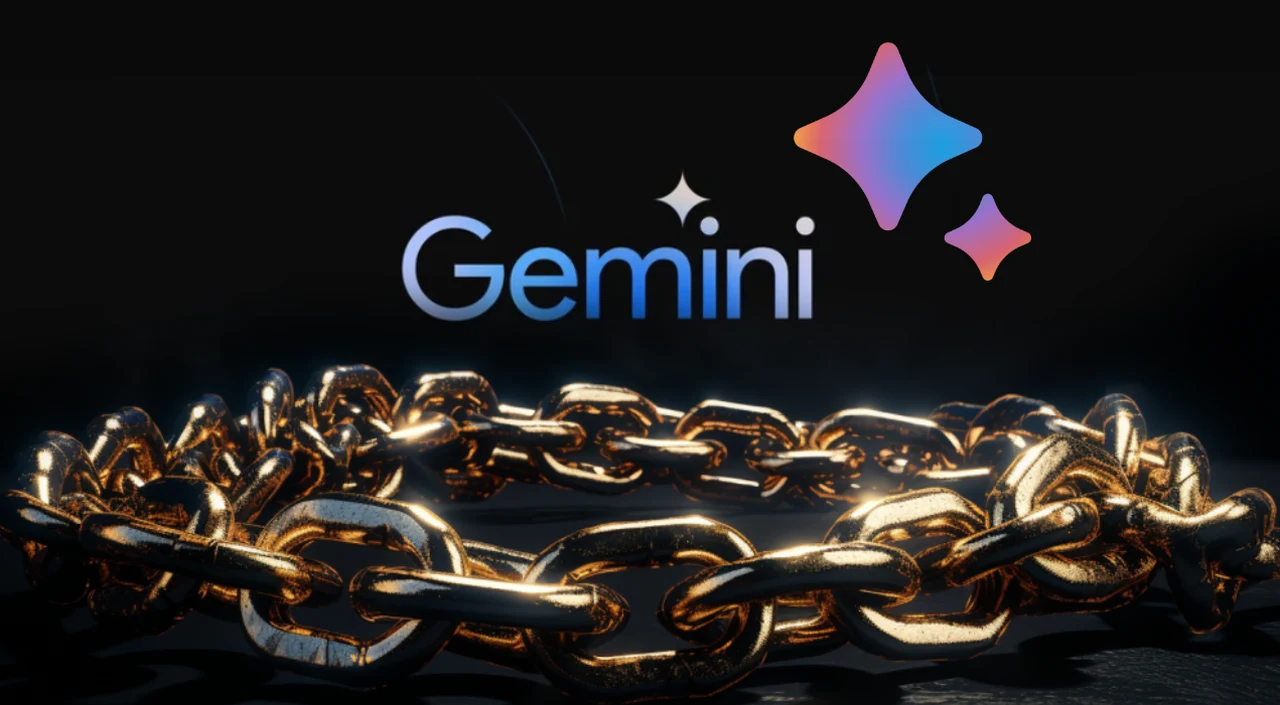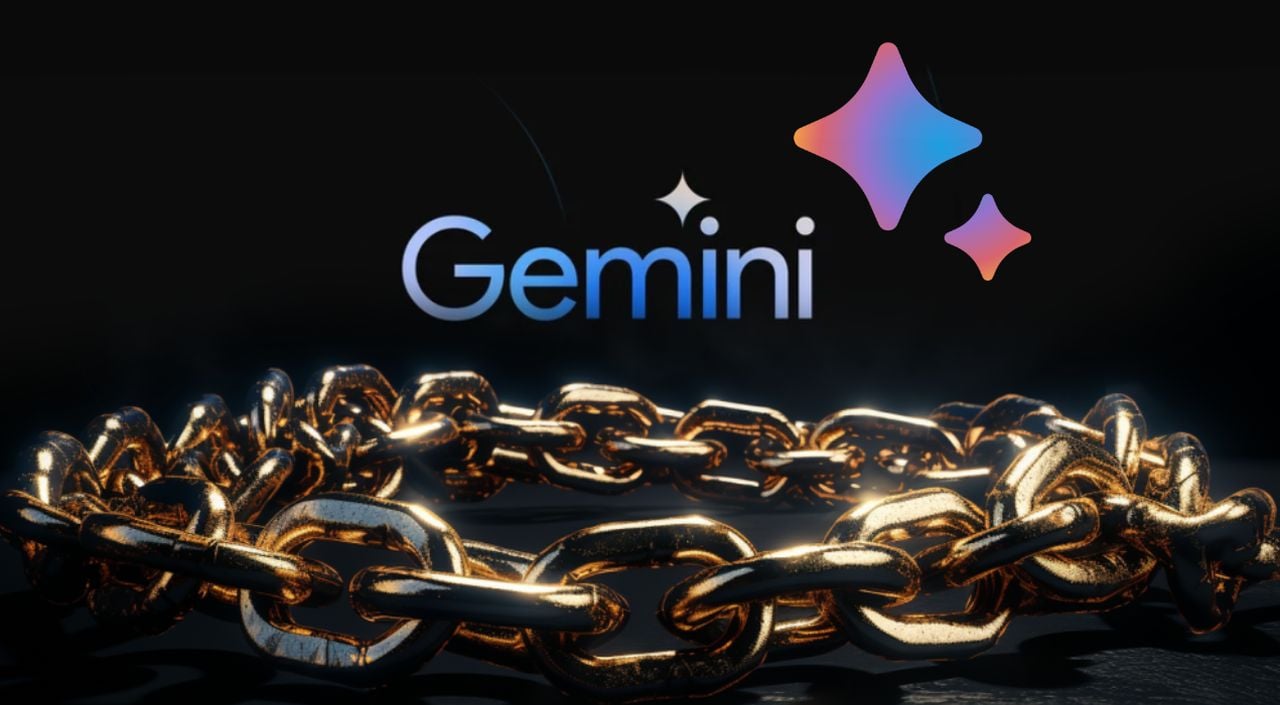
In the rapidly evolving world of language processing, the integration of advanced tools like Gemini Pro with LangChain is a significant step forward for those looking to enhance their language model capabilities. This guide is crafted for individuals with a semi-technical background who are eager to explore the synergy between these two powerful platforms. With your Google AI studio API key at hand and recently made available by Google for its new Gemini AI. We will explore a process that will take your language models to new heights.
LangChain is a robust and versatile toolkit for building advanced applications that leverage the capabilities of language models. It focuses on enhancing context awareness and reasoning abilities, backed by a suite of libraries, templates, and tools, making it a valuable resource for a wide array of applications.
LangChain represents a sophisticated framework aimed at developing applications powered by language models, with a strong emphasis on creating systems that are both context-aware and capable of reasoning. This functionality allows these applications to connect with various sources of context, such as prompt instructions, examples, and specific content. This connection enables the language model to ground its responses in the provided context, enhancing the relevance and accuracy of its output.
The framework is underpinned by several critical components. The LangChain Libraries, available in Python and JavaScript, form the core, offering interfaces and integrations for a multitude of components. These libraries facilitate the creation of chains and agents by providing a basic runtime for combining these elements. Moreover, they include out-of-the-box implementations that are ready for use in diverse applications.
Accompanying these libraries are the LangChain Templates, which constitute a collection of reference architectures. These templates are designed for easy deployment and cater to a broad spectrum of tasks, thereby offering developers a solid starting point for their specific application needs. Another integral part of the framework is LangServe, a library that enables the deployment of LangChain chains as a REST API. This feature allows for the creation of web services that enable other applications to interact with LangChain-based systems over the internet using standard web protocols.
The framework includes LangSmith, a comprehensive developer platform. LangSmith provides an array of tools for debugging, testing, evaluating, and monitoring chains built on any language model framework. Its design ensures seamless integration with LangChain, streamlining the development process for developers.
To kick things off, you’ll need to install the LangChain Google gen AI package. This is a straightforward task: simply download the package and follow the installation instructions carefully. Once installed, it’s crucial to configure your environment to integrate the Gemini Pro language model. Proper configuration ensures that LangChain and Gemini Pro work seamlessly together, setting the stage for a successful partnership.
After setting up Gemini Pro with LangChain, you can start to build basic chains. These are sequences of language tasks that Gemini Pro will execute in order. Additionally, you’ll be introduced to creating a mini Retrieval-Augmented Generation (RAG) system. This system enhances Gemini Pro’s output by incorporating relevant information from external sources, which significantly improves the intelligence of your language model.
Combining Gemini Pro and LangChain
The guide below by Sam Witteveen takes you through the development of Program-Aided Language (PAL) chains. These chains allow for more complex interactions and tasks. With Gemini Pro, you’ll learn how to construct these advanced PAL chains, which expand the possibilities of what you can accomplish with language processing.
Here are some other articles you may find of interest on the subject of working with Google’s latest Gemini AI model :
LangChain isn’t limited to text; it can handle multimodal inputs, such as images. This part of the guide will show you how to process these different types of inputs, thus widening the functionality of your language model through Gemini Pro’s versatile nature.
A critical aspect of using Google AI studio is the management of API keys. This guide will walk you through obtaining and setting up these keys. Having the correct access is essential to take full advantage of the features that Gemini Pro and LangChain have to offer.
Finally, the guide will demonstrate the practical applications of your integrated system. Whether you’re using Gemini Pro alone or in conjunction with other models in the Gemini series, the applications are vast. Your LangChain projects, ranging from language translation to content creation, will benefit greatly from the advanced capabilities of Gemini Pro.
By following this guide and tutorial kindly created by Sam Witteveen , you will have a robust system that leverages the strengths of Gemini Pro within LangChain. You’ll be equipped to develop basic chains, mini RAG systems, PAL chains, and manage multimodal inputs. With all the necessary packages and API keys in place, you’re set to undertake sophisticated language processing projects. The details and code jump over to the official GitHub repository.
Filed Under: Guides, Top News
Latest timeswonderful Deals
Disclosure: Some of our articles include affiliate links. If you buy something through one of these links, timeswonderful may earn an affiliate commission. Learn about our Disclosure Policy.

